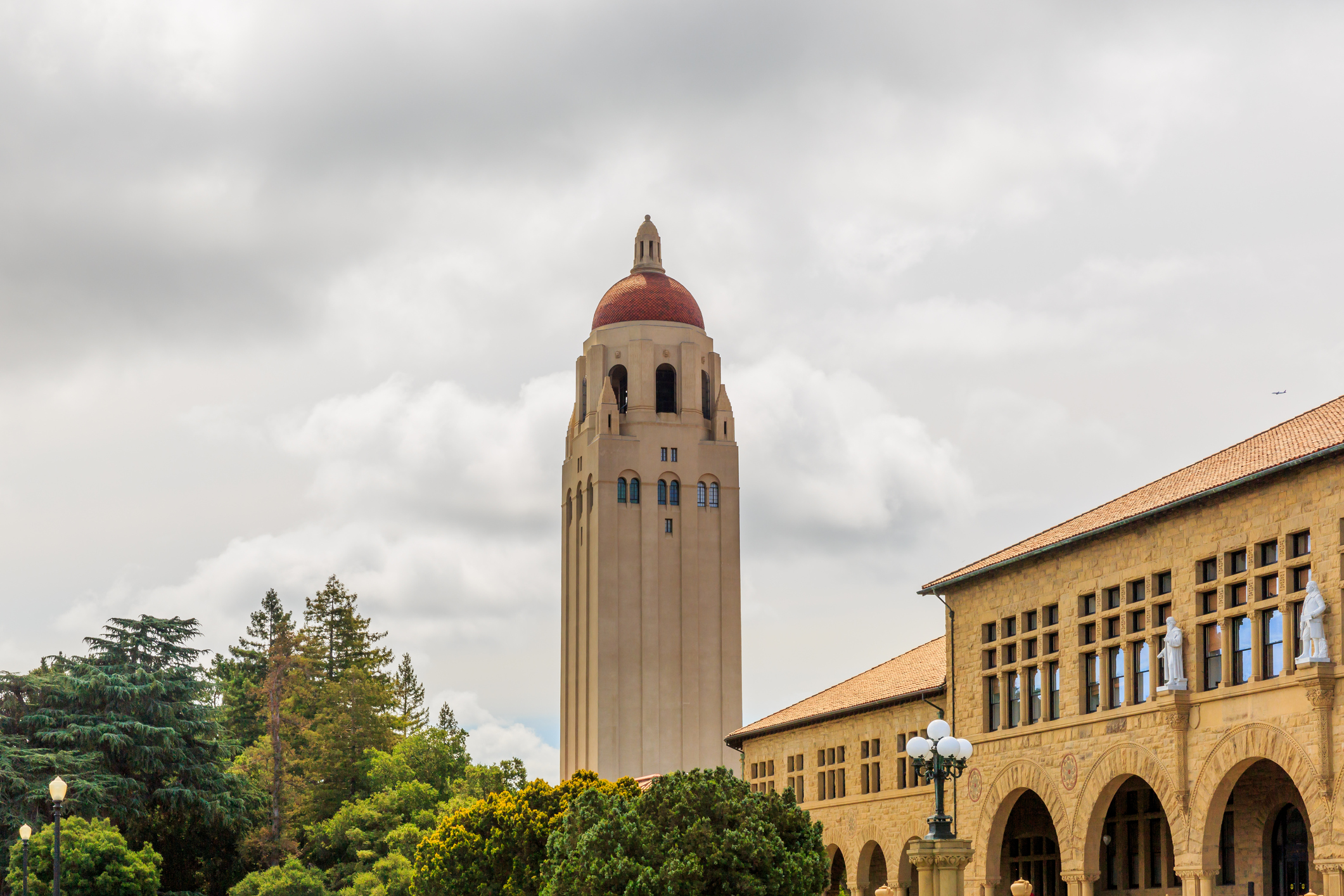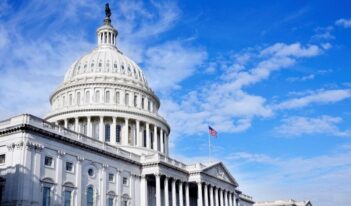
Federal officials should reorient themselves around students’ best interests instead of departmental budgets.
As recently as last year, lowering interest rates and expanding income-based repayment seemed the very limits of political possibility for addressing the burden of student loan debt. College affordability played an unprecedented role in the Democratic presidential primary, when the possibility of debt-free college seemed on the table. What changes a Trump Administration may make to federal higher education policy are less clear. Yet in this new and uncertain political environment, making college affordable and student debt less burdensome are goals that the government already has ample tools to pursue and achieve—even though few in Washington understand the scope and power of these tools.
Participants in the college affordability policy conversations have paid little attention to the U.S. Department of Education’s most relevant authority over student loan debt: its ability to cancel the debt altogether. The Department, which oversees federal education policy from pre-kindergarten through higher education, possesses broad powers to cancel federal student loan debt. As I will argue, the Department could go as far as cancelling all outstanding federal student loan debt in one fell swoop.
Throughout this series, I will argue that to date, Department officials have used even their less expansive debt-cancellation powers only in limited circumstances—and when pushed, they have actively fought to limit them. Perhaps the Education Department’s own efforts to obscure its debt cancellation powers explain why policymakers have not focused more on this potential solution.
Why would the Education Department prevent itself from canceling student loan debt, even when doing so would relieve hardship? The answer is simple. When it comes to student loans, the Department acts like a private sector lender: officials worry about preserving the bottom line. Unlike lenders that depend on private capital markets, which cannot obtain financing without demonstrating profitability, the Department’s budget depends on Congressional appropriations decisions. Yet some Departmental and elected officials view student loans as a source of revenue for the government (rather than a subsidy for students), so something like a profit motive is artificially generated as a political decision.
Although Education officials seek to keep their budget in the black, at the same time—especially during Democratic administrations—they wish to appear interested in the wellbeing of the students that they ostensibly serve. When students are harmed by the Department’s collection activities, these two incentives conflict. Blaming a notoriously dysfunctional Congress offers the Education Department an easy resolution to this dilemma. If Department officials argue that statutory constraints limit their debt cancellation powers, they can publicly declare their goals for maximum student loan relief while actually delivering very little.
Consider the dynamics displayed during the Department’s approach to debt relief students of for-profit colleges. Students of for-profit colleges present the most obvious case for debt cancellation; these students tend to come from more disadvantaged backgrounds and benefit less from their educations. But beyond that, many for-profit schools have defrauded their students outright. Congress granted the Education Department wide authority to cancel the debts of students who were defrauded by their schools. Still, for decades Education officials effectively ignored this authority.
In 2015, however, a coordinated effort by students of the for-profit Corinthian Colleges forced Education officials to face the inevitable. (I work as the Legal Director of the Debt Collective, the organization that worked with students to flood the Department with debt-relief applications and which was responsible for coordinating a student boycott of debt payments.) The Department then acknowledged that it must, in principle, pursue student relief. However, as I will discuss throughout this series, Department officials created a number of substantive and procedural barriers to impair the effectuation of that relief. The Department’s justifications do not stand up to scrutiny—unless we interpret the agency’s true purpose as attempting to save money by limiting relief. A small fraction of students who attended Corinthian Colleges have received relief under the current process.
Meanwhile, the Department recently released a new set of regulations that clarify its narrow construction of its repayment authority. Previously on The Regulatory Review, Professors Adam Zimmerman and Michael Sant’Ambrogio praised the fact that these regulations allow for class-action procedures, and they made some suggestions for further improvement. Although I agree that the procedures improve the status quo, the new regulations still contain a number of provisions designed to limit relief (rather than unintentionally limiting relief, as Professors Zimmerman and Sant’Ambrogio seem to suggest). Even the class action procedures allow the Department discretion to refuse enforcing them on the basis that granting relief to all defrauded borrowers would cost too much.
The Corinthian College students’ requests presented the Education Department with an opportunity to use one of its debt-cancellation authorities in a way that would have relieved hundreds of thousands of students’ loan burdens. Instead, as I will explain in this series, the Department has worked to keep the amount of relief minimal without seeming to deny it outright.
This past need not determine the future. The Education Department retains substantial debt-cancellation powers—well beyond those generally acknowledged. These powers could be used to great effect if a Trump Administration—or any other subsequent administration—stops thinking about federal student loan collections as way to shore up the government’s budget but instead as a critical education subsidy. If student debt were viewed as a burden on the people rather than a boon for the government, the Department could put the debt-cancellation powers to work. And it would require no further Congressional action.
This essay is part of a four-part series, The Department of Education’s Power to Cancel Student Debt.




